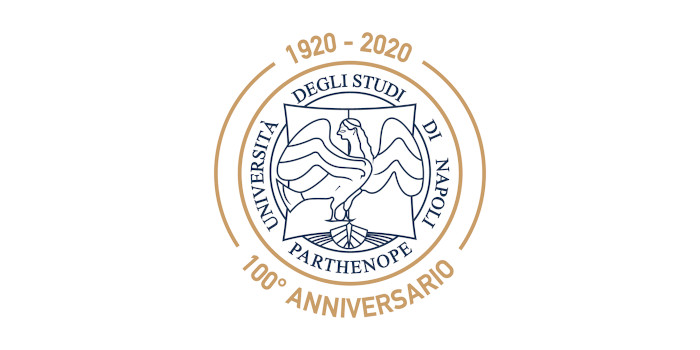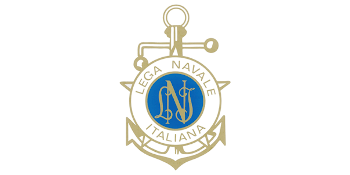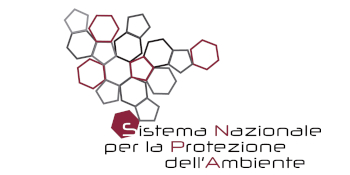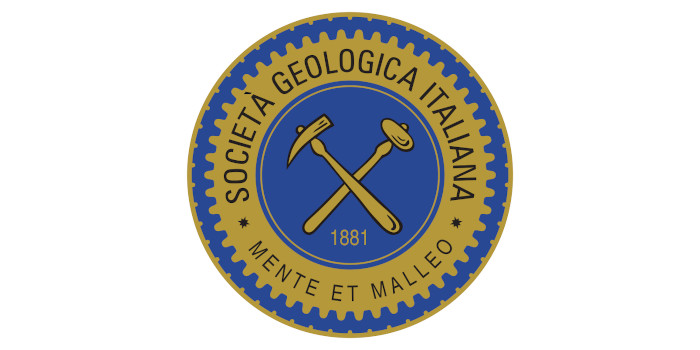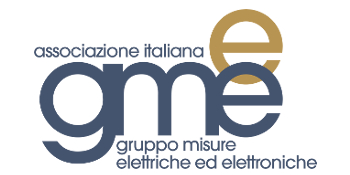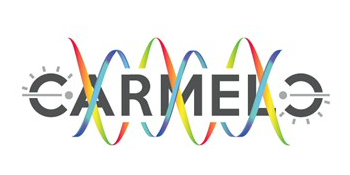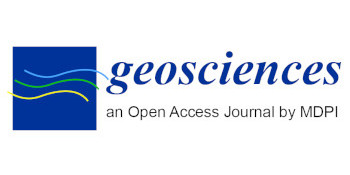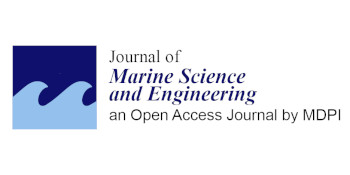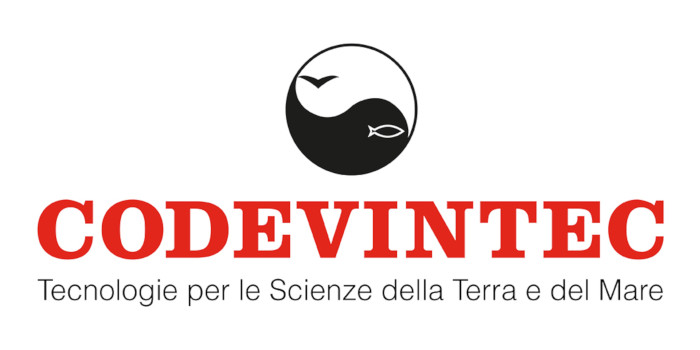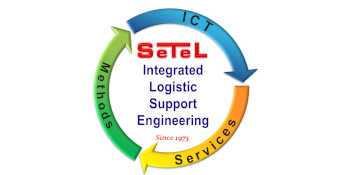Scatterometer-derived stress-equivalent wind fields: retrievals and applications
Marcos Portabella
Institut de Ciències del Mar (ICM-CSIC), Barcelona
ABSTRACT
Spaceborne scatterometers (real-aperture radars) are known for their near-surface wind sensing capabilities over the ocean. Their derived stress-equivalent wind field observations are increasingly used in a wide variety of atmospheric, oceanographic and climate applications. An introduction to the physical principles of scatterometry, followed by an overview of the wind retrieval processing chain will be presented and discussed. The radar antenna geometry, the measurement noise, as well as non-linearities in the relationship between the measurements and the wind vector complicate the wind retrieval process. In addition, scatterometers are sensitive to geophysical phenomena other than wind, such as confused sea state, rain, and land/ice contamination of the radar footprint. These phenomena can distort the wind signal, leading to poor quality retrieved winds. As such, elimination of poor quality data is a prerequisite for the successful use of the retrieved winds. The differences between sea-surface C-band and Ku-band radar signatures will also be discussed in the context of sensor inter-calibration efforts.
The main applications of the scatterometer-derived stress-equivalent winds will also be presented. Besides the obvious atmospheric applications, such as nowcasting and global and regional Numerical Weather Prediction (NWP) data assimilation, scatterometer winds can provide very useful information on NWP model errors. They are also used to well characterize the extreme wind stress divergence and vorticity (missed by NWP models) associated to extreme rain events in the tropics. In addition, these observations are also required to drive ocean circulation, wave and surge models, and are used to compute sea surface currents and air-sea fluxes. Recent developments show that a modified NWP output using scatterometer-based corrections can introduce true smaller scale signal into the model output, which corresponds to the physical processes absent or misrepresented by the model, e.g., strong current effects (such as WBCS, highly stationary), wind effects associated with the ocean mesoscales (SST), coastal effects (land see breezes, katabatic winds), parameterization errors, and large-scale circulation effects, e.g., at the ITCZ. Finally, recent efforts to consolidate an in situ high and extreme wind reference for improving current and future scatterometer extreme wind calibration and validation will be discussed in the context of improved monitoring and prediction of extreme wind events, such as tropical and extra-tropical cyclones, and polar lows.
SPEAKER BIO
Marcos Portabella was born in Barcelona, Spain, in 1970. He received the B.Sc. degree in physics from the University of Barcelona, Barcelona, Spain, in 1994, the M.Sc. degree in remote sensing from the Institute of Space Studies of Catalonia, Barcelona, in 1995, and the Ph.D. degree in physics from the University of Barcelona. He is currently with the Institut de Ciències del Mar (ICM-CSIC), Barcelona, where he leads the Satellite Winds Group. He is involved in satellite remote sensing, and in particular, scatterometry and L-band radiometry.






